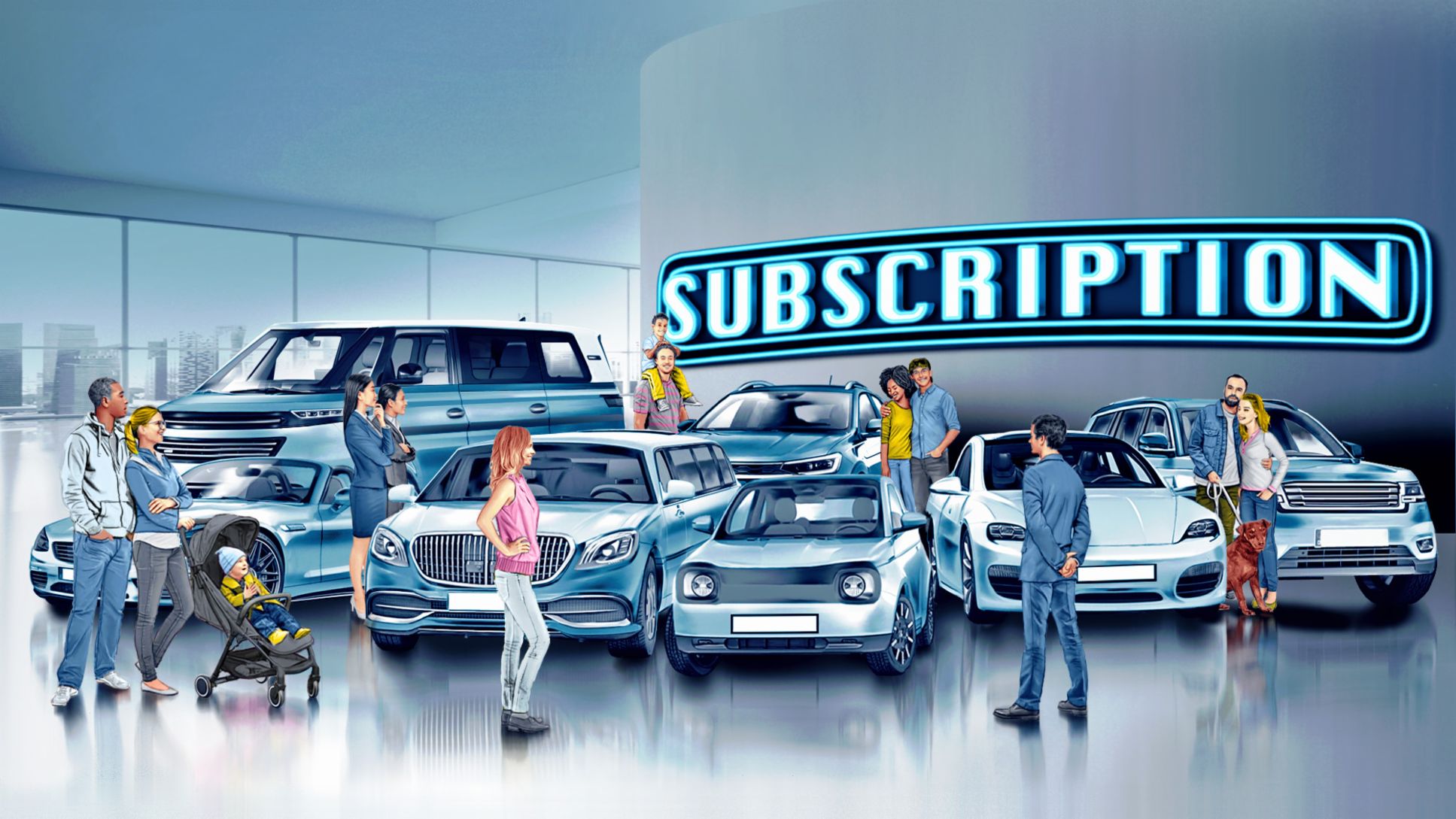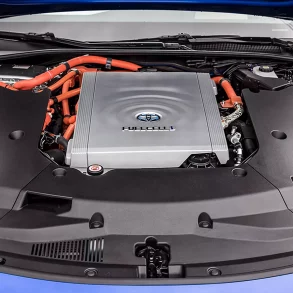Summary
- Audi’s recent A3 release in the EU and UK has raised the discussion about vehicle feature subscriptions once more
- Two big points have been raised: That we are a subscription centered society, and that some features should be included automatically
- Statistics support that we are a highly subscribed society, with fully 99% of North American households holding one subscription or another
- Customers are okay with subscribing for premium connectivity, not so much with premium features such as heated seats being subscription based
- Audi offers their subscription in a variety of terms lengths, or you can buy the feature outright in the old fashioned “optional equipment” way
- We think that this approach takes lessons learned from BMW’s failed ConnectedDrive features subscription model, and gives the customer the choice on what they want to do, which is how we think it should be.
A few weeks back, we discussed how in car connectivity is potentially getting out of hand. There are so many connectivity features, from simple smartphone/Bluetooth integration to fully integrated over the air services that download car updates.
A huge debate has erupted over subscriptions, with points in both camps making complete sense, and with Audi’s new A3 being released in Europe with several feature subscription offers, it seemed an appropriate time to analyze the two biggest points from both sides: That we are a subscription centered society, and that some features should be included automatically.
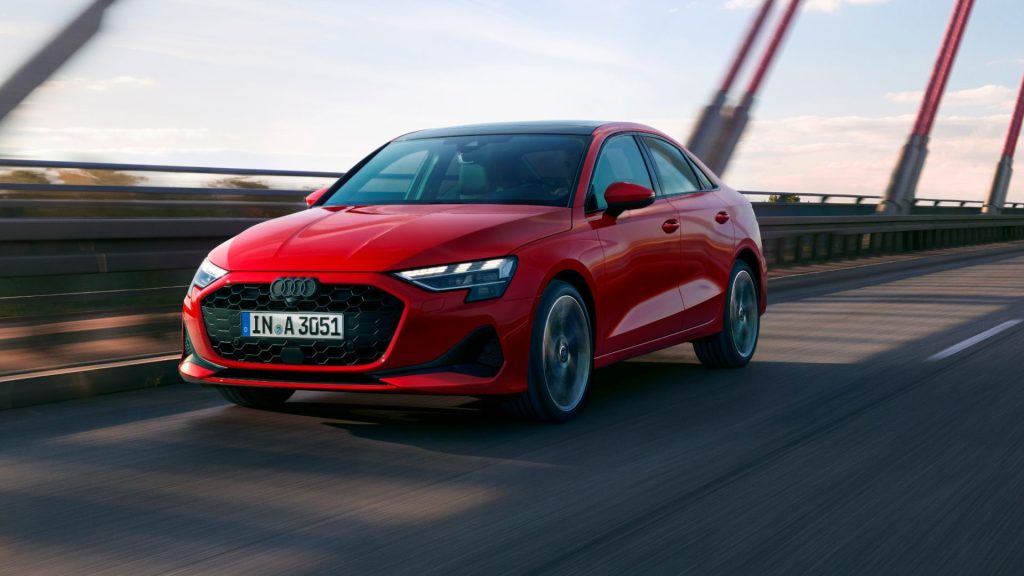
While we won’t see the new model A3 in North America until at least 2025, there is still room to analyze and discuss the pros and cons of each argument regarding subscriptions for features.
We Already Subscribe To Many Services
For
Not even 15 years ago, the average North American household would get their entertainment via their TV, from broadcast, cable, or over the air channels. Subscriptions at the time were most often for magazines, newspapers, video games, and some nascent streaming services. Subscriptions at that time stood at around 60% across the entire continent.
Fast forward to 2024, and according to Forbes, a stunning 99% of North American households have at least one, if not more, subscriptions. Of those, the most prevalent are music streaming services and video streaming services, with live gaming services coming in a close second (Xbox Live, Playstation Network, Nintendo Online, et al).
Even more telling, the average American household used any or all of those services for over three hours per day.
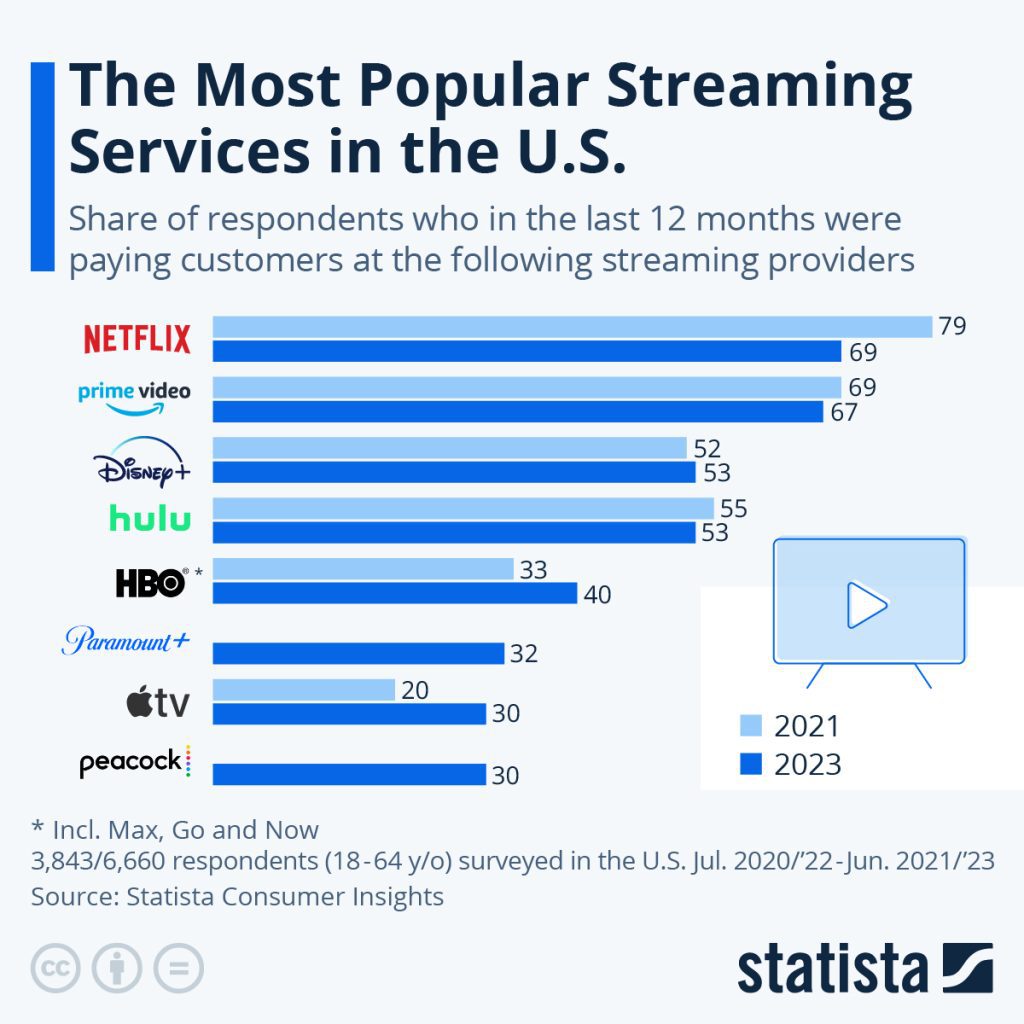
Seeing how we’re all willing to subscribe for our music and TV, automakers postulated that many wouldn’t mind one extra subscription on their monthly bill. Tesla has integrated this exceptionally well, due to the fact that fully 70% of EV buyers are expected to subscribe for premium features.
Against
Those against subscriptions for automobiles would add one more word to the header of this section, in that we already subscribe to too many services.
With video and music, it can be easily justified. $10 to $15 per month to have a virtually unlimited library of music that arrives to your ears within a few seconds of you tapping a button. Video streamed in high-definition after a few seconds of buffering.
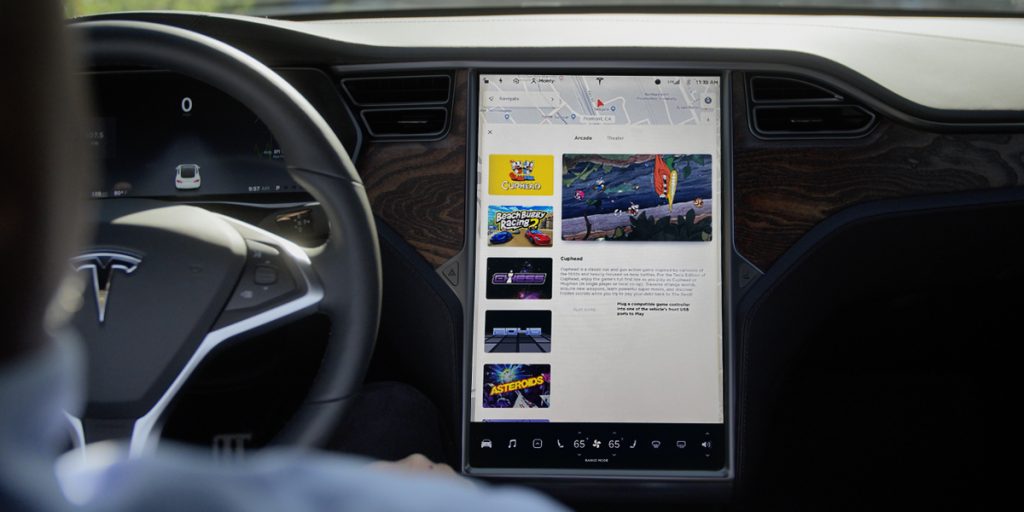
For vehicles, however, it can easily get up to $100 a month or more, on top of your biweekly or monthly payments. In fact, for Audi cars, you need to subscribe to the base service, Audi Connect, at $15 to $25 a month before you subscriptions for features such as adaptive cruise control, automatic high beams, and the like can be optioned in.
Some Features Should Be Included Automatically
For
These days, even the average motorcycle now has smartphone integration, and you quite literally cannot buy any car after 2015, new or used, that doesn’t have some form of connectivity.
To many, the logical next step is adding premium subscription features to vehicles that enhance that connectivity. For a small few, roughly about 28% of respondents in a poll from Ars Technica, it might be subscribing to have their car turn into a mobile WiFi hotspot, while for others, their subscription might be for satellite radio.
Both are enhanced forms of connectivity, and those few are okay with that.
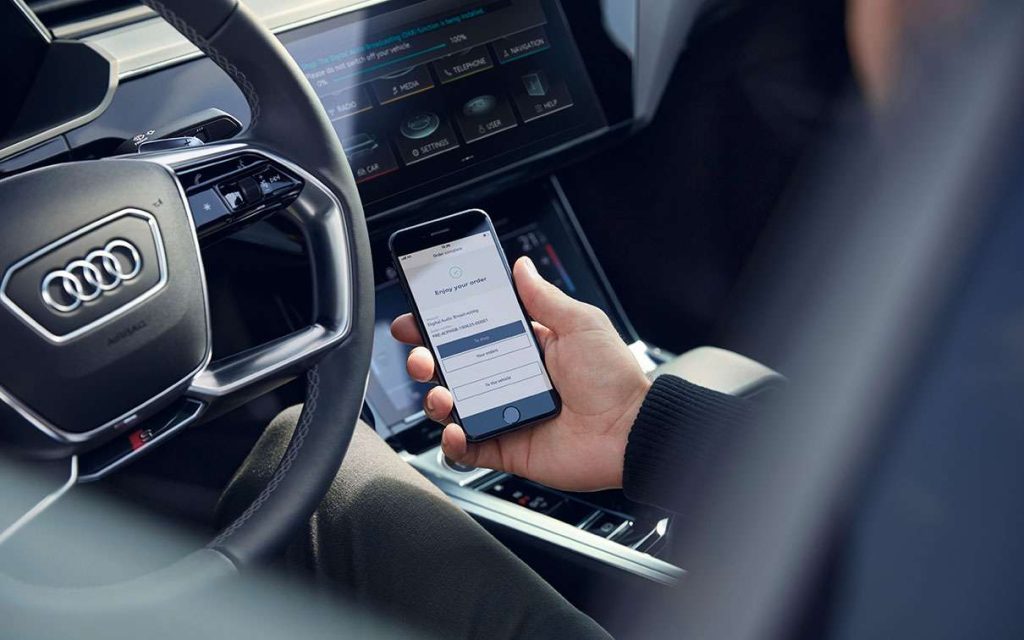
Many in this camp also agree that some enhanced features, such as automatic headlights or upgraded nav functionality is worth the price, and if they unsubscribe, there is always the standard headlight switch and base nav system to fall back upon.
As well, those who are for the idea of subscription services argue that these things also require money to maintain and constantly update, and they are not wrong on that front.
Against
The biggest argument against subscription services for connected car features is that, in the words of many an internet commenter, “The bloody things are expensive enough already!”
This bit BMW quite hard when they introduced their ConnectedDrive service, which broke out many features into individual subscriptions. They are a premium/executive automaker already with fairly expensive vehicles, and most consumers spending between $50k to $110k for a car expect everything within said car to be included.
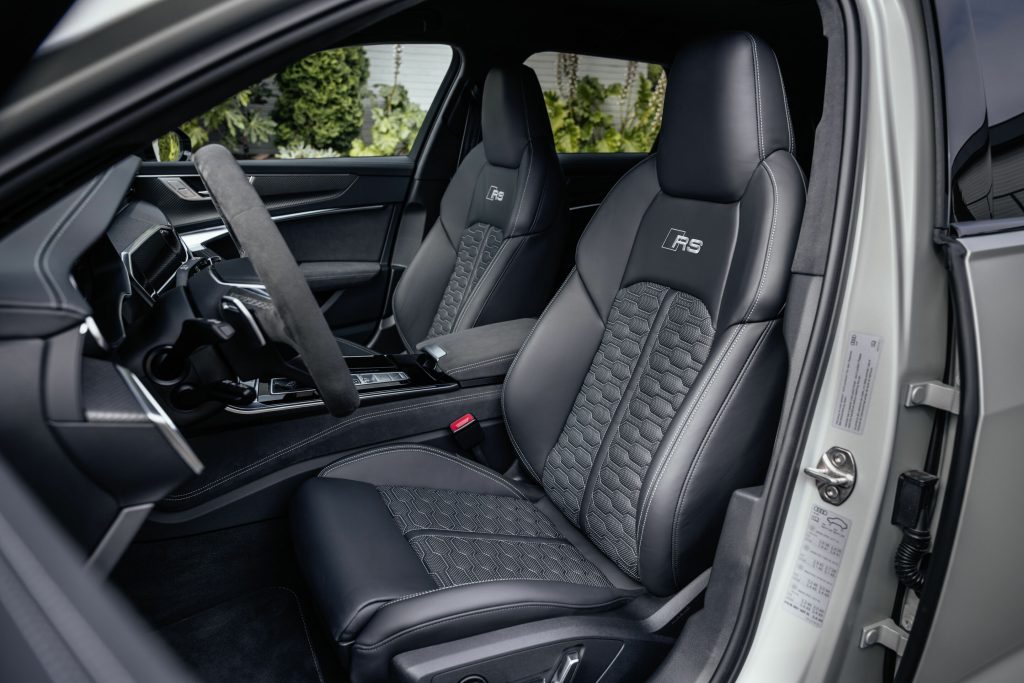
So when BMW added a subscription for you to even access heated seats in 2021, their sales plummeted year over year by nearly 14%, with many potential customers stating they went to other brands such as Mercedes specifically because they didn’t want to pay a subscription for things that “Should be included already.”
As a result, BMW has rolled back ConnectedDrive to be just related to premium services, mostly tied to the infotainment system, BMW Assist, and BMW Emergency Call.
Audi’s Position
While the buzz arising out of this is regarding Audi’s newly released A3 in Europe and the UK, they are stating that it’s more of a pilot program than anything. They already have a successful subscription service for connectivity with Audi Connect, which roughly half of their customers subscribe to.
Where Audi learned from BMW’s ConnectedDrive gaffe is that they have positioned their premium features, such as automatic headlights and adaptive cruise control, as subscriptions for lower trims, but on the top trims. As well, they have varying subscription periods, ranging from three months to three years.
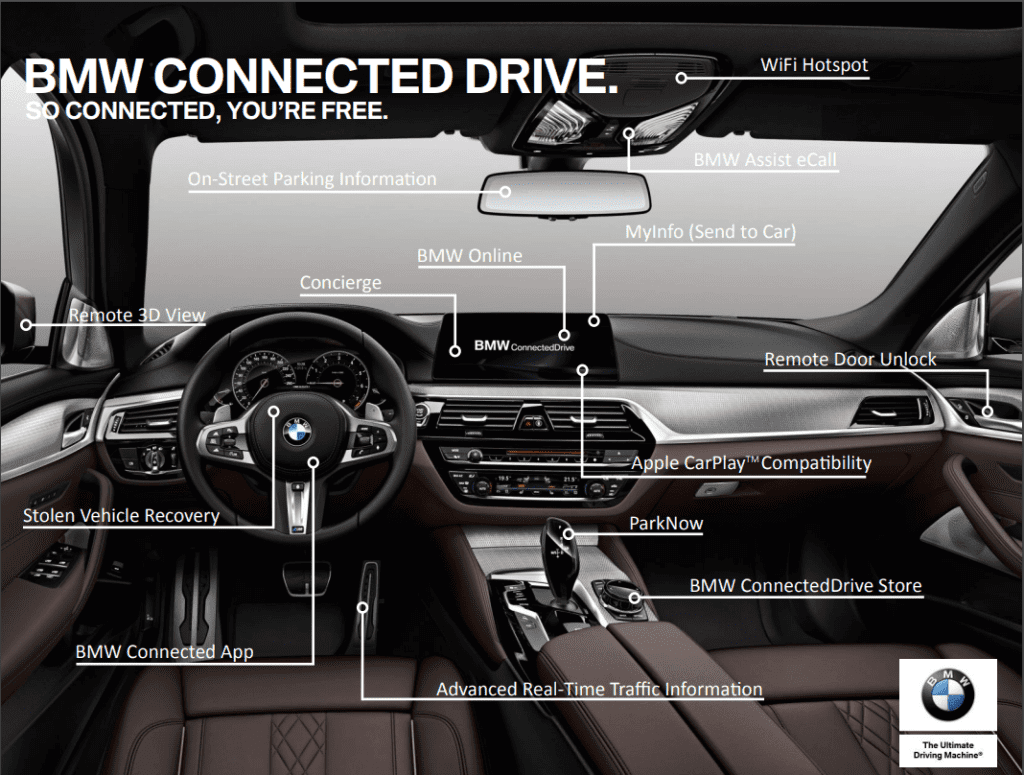
The biggest step is that if you don’t want to subscribe for the features, but want that feature, you can buy it outright in the old fashioned “options” way. In this way, Audi are able to sell the base A3 for less, with the functionality for all of the features built in, streamlining their production efficiency.
Then, if the customer wants adaptive cruise control, but wants to turn their headlights on themselves, they have the ability to buy or subscribe to the cruise control, and use the lights dial for the headlights.
We think that this is a much better way to handle subscriptions to actual features than BMW’s “You subscribe or you don’t get it” model.
By giving customers the base experience of the vehicle with all the expected features, but allowing subscriptions or outright purchase of added premium features, they give the customer the widest range of choice, and that, in the end, is what buyers want: Choice.

